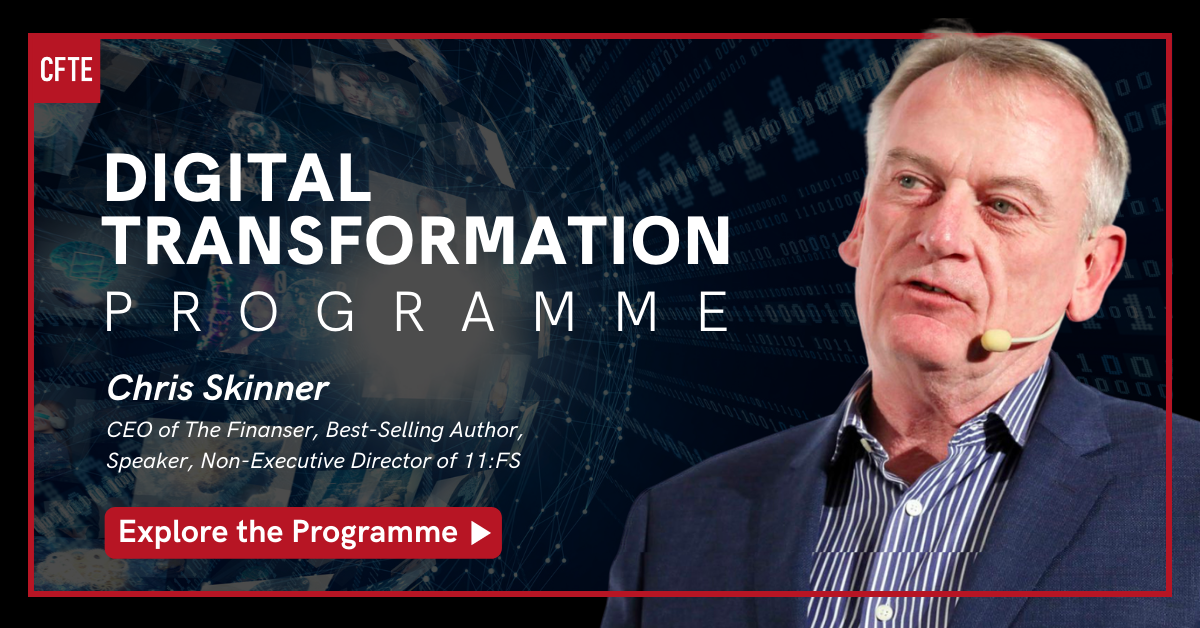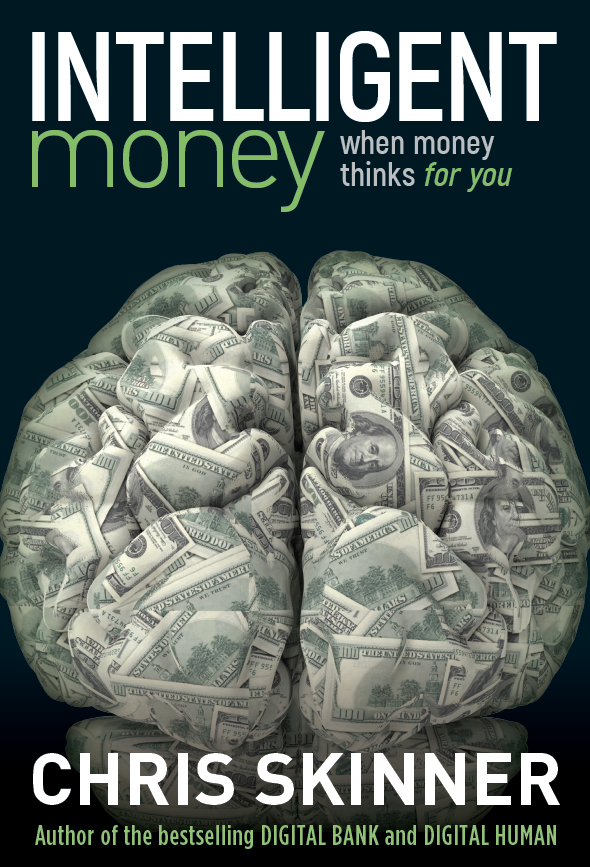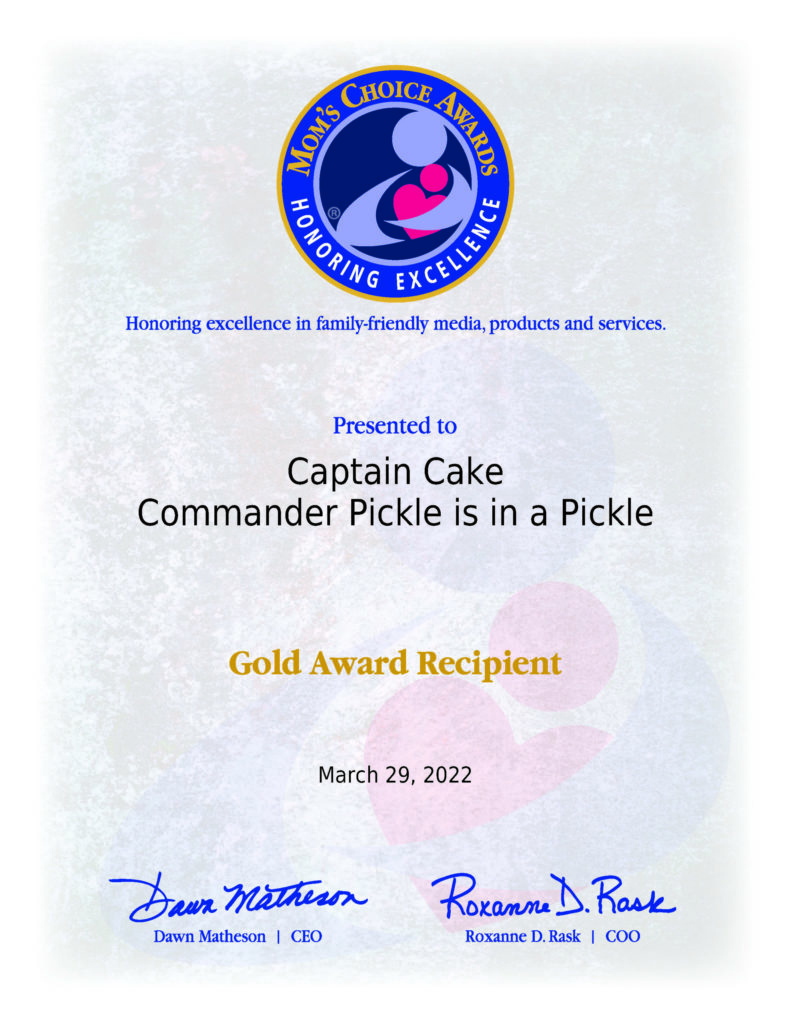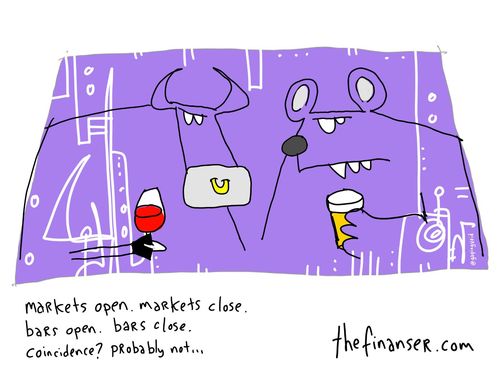Unsurprisingly, my Friday blog entry got some backlash on twitter and through direct comments on the blog
itself.
The original blog entry proposed that people do not want transparency, as unbundling costs makes them angrier than if they
are bundled.
The feedback tells me that's not quite right:
- Simon Deane-Johns, aka Pragmatist, says that the argument I made: “is flawed in so many ways, starting with the central premise that
customers don't care about charges”;
- Ian G makes the point that: “the problem is
not the prices, nor the transparency, but the lack of competition”;
- Aden Davies comments: “ignorance is bliss
is a strategy that won’t benefit our industry”; whilst
- Bank of me says: “I wonder if your views on
the usefulness of this data is due to the usability of that data and your
ability to take actions on it in a meaningful way”.
I’m glad you pulled me up on this
blog entry, as I was actually talking a load of claptrap.
Not a complete load of claptrap, as some of
it is true.
It is true that we don’t like to see
charges and specifically resent being charged for financial transactions.
It is true that the basic premise of money
and banking is going to cause resentment and anger because money controls our
ability to satisfy our needs and impulses.
Anything that restricts such activity is going to be viewed as
irritating at least and causing anger for many.
However, I agree with all the comments
above.
It is not that customers do not care about
charges, that they would prefer not to see them, that transparency is not
useful, but it is also true that the solution is not to unbundle and make all
items explicit in the way that some are today.
The issue really comes down to two things.
- customer education and understanding; and
- an inability to see a clear picture.
First, customers are blissfully ignorant of
how our industry works. They do not
understand the issuer, acquirer, merchant and processor ‘four-pillar’ model of
fee structures.
They do not understand how PayPal and
others add another layer of fees over and above those of the card companies.
They do not understand that cross-border
transactions can be charged at different rates, dependent upon whether you charge
in local currency or home currency.
They do not understand the fee rates and structures.
That may be a matter of education but it
goes deeper than this.
For example, the information is easily
gathered out there. Just look at
moneysavingsexpert.com if you want to know how. The question is
how many people generally understand and take this advice.
The second part is an inability to see a
clear picture as many financial firms charge different price structures for the
same product.
The easiest way to illustrate this is to
step back to the roots of charging and take the example of how APR is
calculated.
I always step back to this, as it is the
target area that is easiest attacked by politicians.
Politicians ask banks to explain how they
calculate APR, annual percentage rate fees, and many cannot give a clear answer
as APR is charged in different ways by different firms.
There’s APR, nominal APR and effective APR.
Effective APR is the one that varies
considerably as participation fees, origination fees, service charges, late
fees and more are applied and can change the APR wildly.
This is why Wonga objects to having to
quote their APR – something over 4,000% - because Womga is not designed for
long-term loans of a year or more (an annual percentage) but is designed for
very short-term loans of a day or two.
This is why, if you borrowed £100 off Wonga
and didn’t pay it back, you would be over £23 trillion in debt within seven
years (which is more than double the national debt of America!).
All in all, the solution is not transparency,
unbundling or education, but a clear definition of how this industry operates,
a single structure applied to all for apple-to-apple comparisons, and a clear statement
of what is being charged, why and when.
That’s the solution.
Not transparency on its own.
Chris M Skinner
Chris Skinner is best known as an independent commentator on the financial markets through his blog, TheFinanser.com, as author of the bestselling book Digital Bank, and Chair of the European networking forum the Financial Services Club. He has been voted one of the most influential people in banking by The Financial Brand (as well as one of the best blogs), a FinTech Titan (Next Bank), one of the Fintech Leaders you need to follow (City AM, Deluxe and Jax Finance), as well as one of the Top 40 most influential people in financial technology by the Wall Street Journal's Financial News. To learn more click here...




















